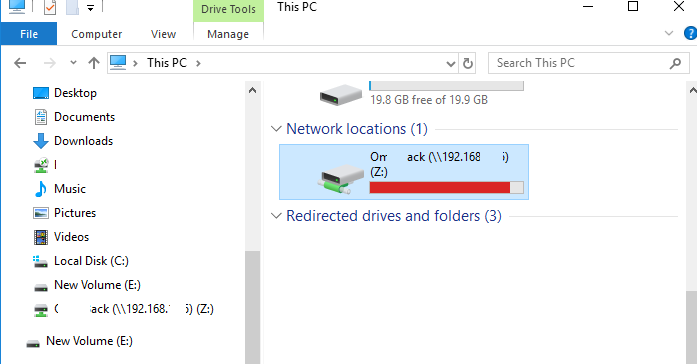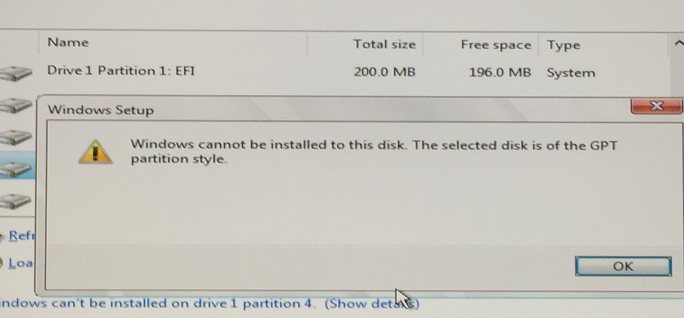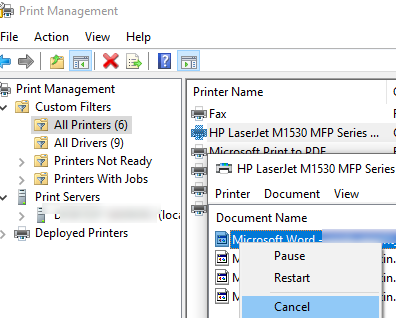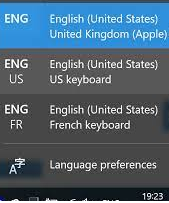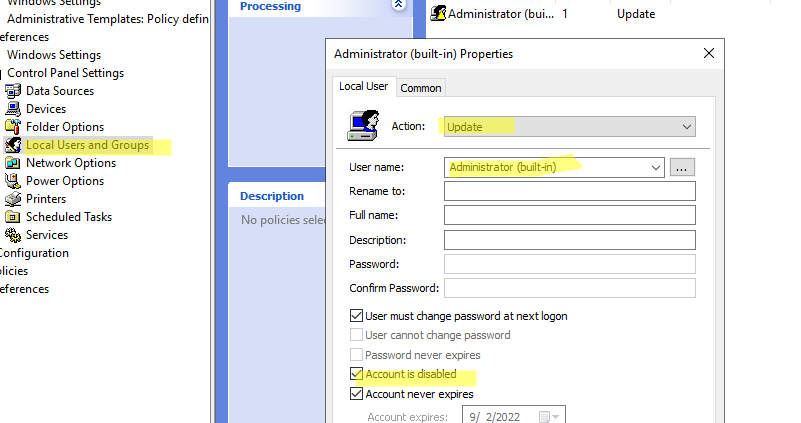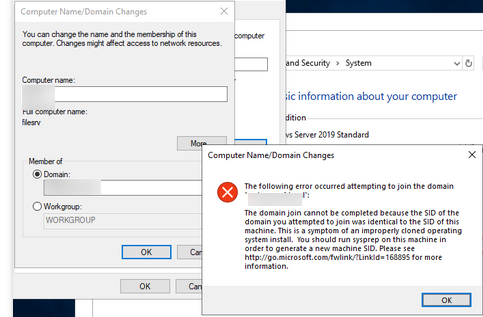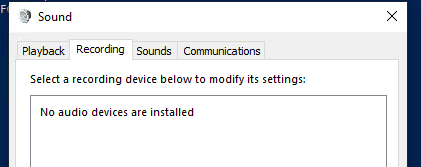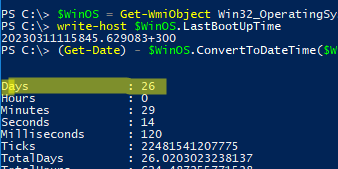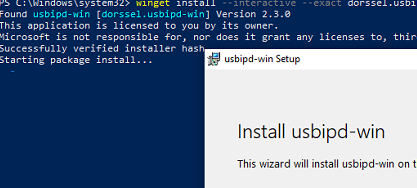Windows lets you mount any shared (SMB) network folder located on a remote computer or server as a local drive. In this way, you can also connect a share on a NAS device or a USB drive that is connected to the network router. The mapped network folder is assigned a separate drive letter that can be accessed in File Explorer and file managers.
Continue reading “Mapping Network Drives (Shared Folders) on Windows”

